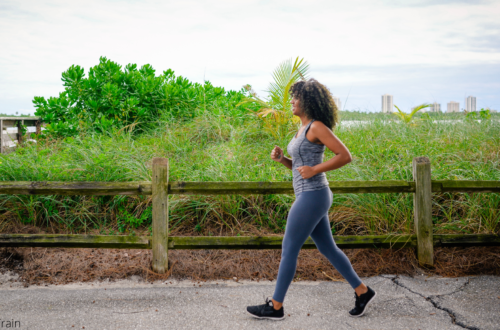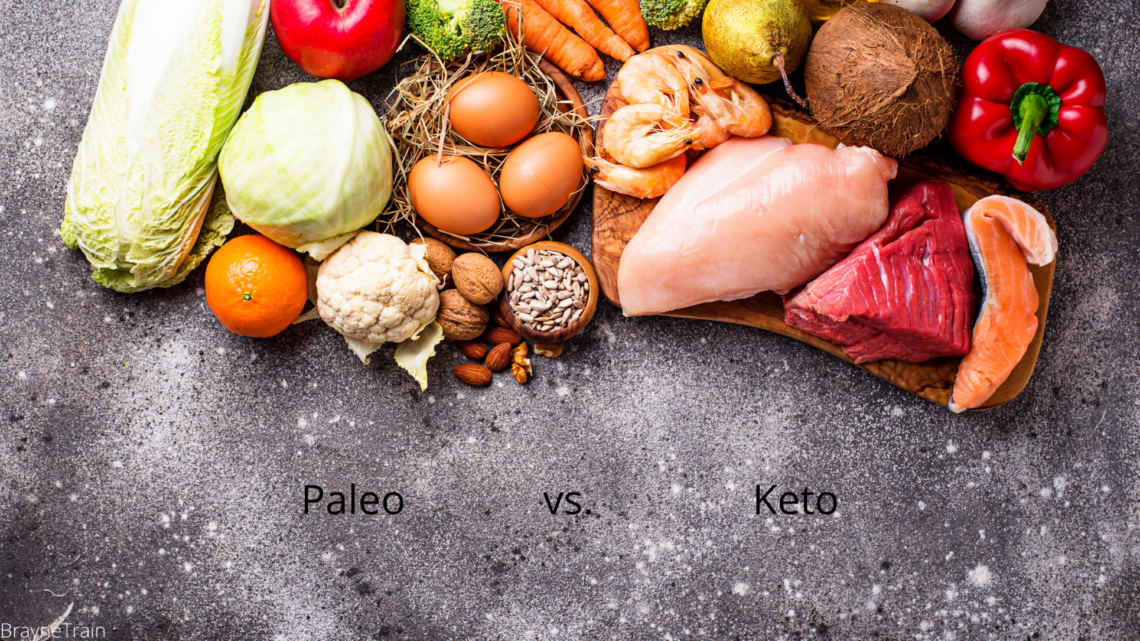
Paleo vs. Keto, Which One Results in Faster Weight Loss?
Paleo and Keto are two of the most popular diets, and their popularity continues to grow.
Numerous studies have indicated that both the paleo and keto diets are effective in lowering blood pressure, blood sugar, and insulin levels and can improve overall health.
But which one gives you the fastest weight loss?
The Keto diet results in faster weight loss than Paleo because keto shifts the body into ketosis, a fat-burning state, and the body uses its fat as fuel. However, in a traditional paleo diet, carbohydrates are still the primary energy source, resulting in slower weight loss.
It is essential to mention that both keto and paleo will result in weight loss and have fantastic health benefits.
That’s why combining the two and creating a Paleo Keto plan would be one of the most effective tools for fast weight loss.
let’s dig deeper!
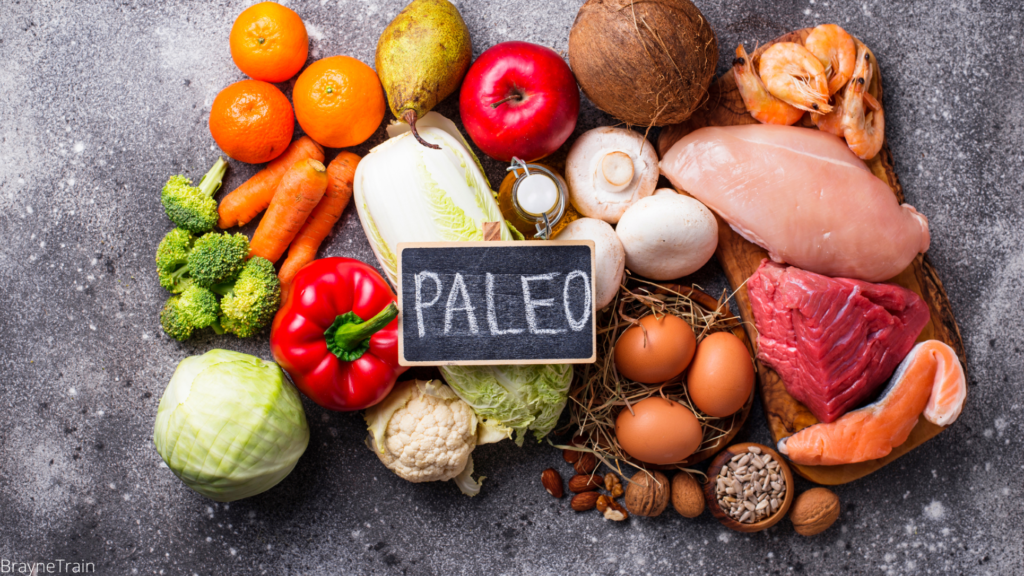
What is Paleo?
Paleo, or the Ancestral diet, is a diet that tries to mimic what humans consumed thousands of years ago when they had no access to sugar, carbs, and processed food.
The primary emphasis of the paleo diet is to remove processed and refined foods and replace them with whole organic foods.
In the paleo diet, nearly 30% of the calorie intake comes from carbohydrates.
Can We Truly Mimic our Ancestral Diet?
The American Journal of Clinical Nutrition reviewed the diets of over 200 different Hunter-Gatherer groups in today’s world, and the result shows a wide range when it comes to diet.
Different hunter-gatherer groups eat differently depending on what region they live in.
The study showed that carbohydrate intake ranged between 22-40%. The fat intake was roughly the same, and the protein intake was approximately 19-56% of the hunter-gatherers’ diets.
The MAASAI tribe gets their calories primarily from meat, milk, and blood.
A New Guinea tribe, however, gets nearly all of their calories from plants!

Therefore, it appears that it will be challenging to come up with one uniform diet which resembles our ancestors’.
Also, the claim that the human body has not evolved and can benefit from a diet our ancestors used to eat is also up for debate.
Certain studies indicate the human body has evolved in some ways; for example, most adults used to be lactose intolerant. However, today, over 30% of human adults can consume dairy such as Ice cream and milk.

In addition, a study published in 2007 in The Journal of Nature Genetics showed that the ability to digest starch has improved in the human body, and it’s likely due to a genetic mutation.
Therefore stating that humans have not evolved since thousands of years ago is simply wrong.
With all this said, paleo is still a healthy and helpful diet for weight loss and overall health.
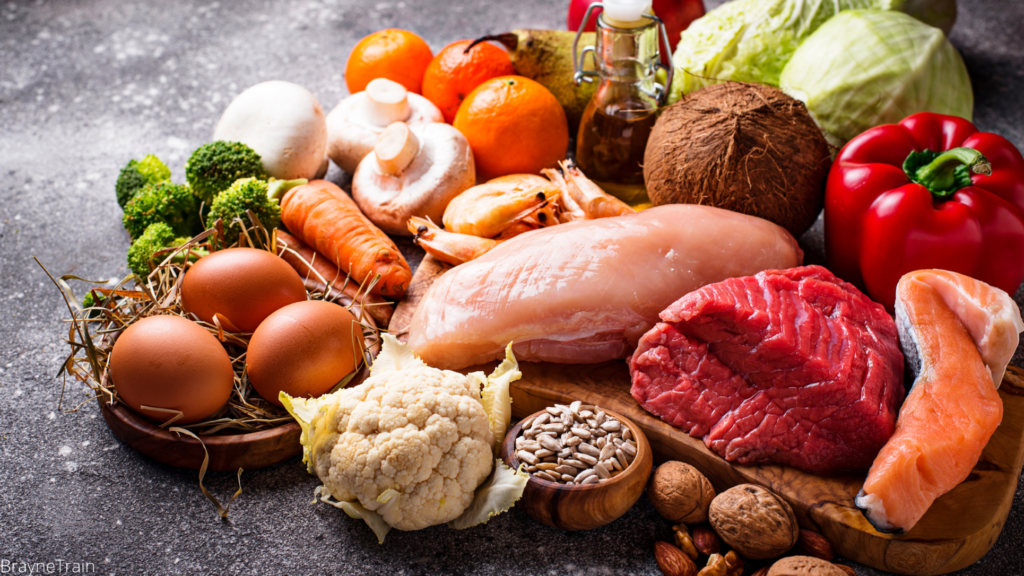
What Do you Eat on a Paleo Diet?
Dairy and most Grains are not Paleo-friendly and are not recommended.
Processed foods such as refined fats and oils are also not Paleo-friendly.
Paleo Diet Food List:
Proteins (grass-fed, wild-caught )
- Beef
- Pork
- Eggs
- Game Meat
- Fish
- Chicken
- Bison
- Turkey
- Lamb
Fats
(healthy organic fats)
- Olives
- Tahini
- Nuts
- Seeds
- Avacado
- Olive Oil
- Plant-based oils
- Coconut
- Nutbutter
Natural Sweeteners
- Honey
- Maple SUgar
- Date paste
- Coconut SUgar
Starch
- Yams
- Sweet Potatoes
- Acorn Squash
- Beets
- Buttersquash
Fruits
- Tropical Fruit
- Bananas
- Apples
- Grapes
- Berries
- Melone
- Figs
Veggies
- Leafy Green
- Tomatoes
- Green Beans
- Eggplant
- Brussel Sprouts
- Artichoke
- Broccoli
- Cauliflower
- Carrots
- Mushrooms
- Celery
- Cucumber
Will Paleo Put You in Ketosis?
It’s unlikely, but it also depends on your age, metabolism, and the amount of exercise you do daily.
The more intense your workouts are in order to burn off the carbohydrates allowed on the Paleo diet, the better chance of you being in a low state of ketosis.
Most people do not train as athletes do, so they can not burn all the carbohydrates consumed on a paleo diet in order to get into ketosis.
Keto vs. Paleo Chart
| Keto | Paleo | |
| Ketosis | Yes | Maybe |
| Dairy intake | High | None |
| Carb intake | 5% of calories | 30% of calories |
| Artificial sweeteners | Yes | No |
| Weight loss | Yes | Yes |
| Cravings | Low, or none existence | No major change |
| Insulin levels | Lowers insulin | Lowers insulin |
| Blood sugar levels | Lowers blood sugar | Lowers blood sugar |
| Blood pressure | Lowers blood pressure | Lowers blood pressure |
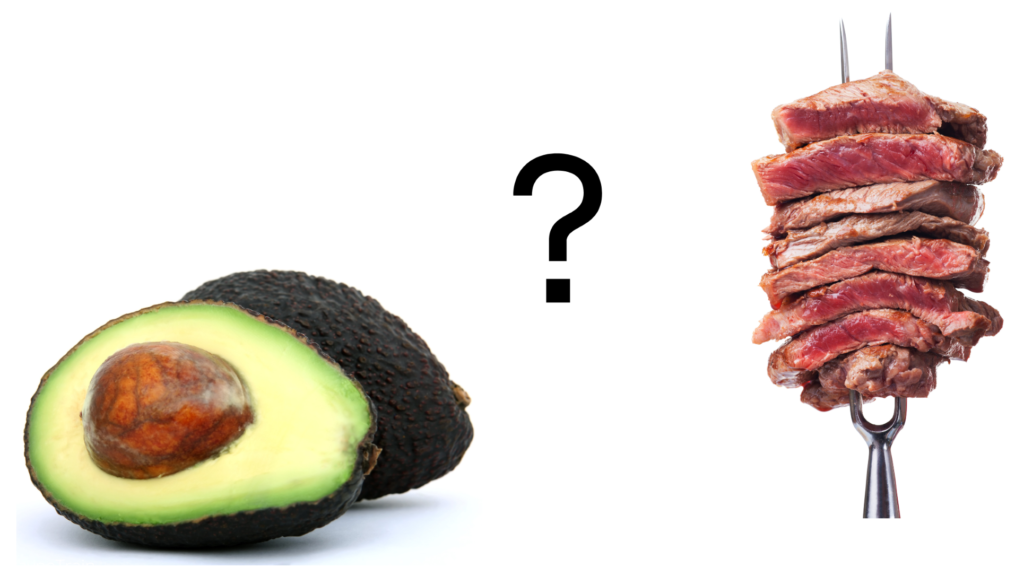
Who Should Try Keto & Who Should Try Paleo?
So which one is for you? Keto or Paleo? Well, it depends on your goals.
- For Weight Loss: Keto
- Keto is a much faster and more effective tool when it comes to weight loss.
- To lower cravings: Keto
- During ketosis, the body uses its fat for fuel, which helps lower hunger and cravings.
- Flexibility: Paleo
- If you are looking for an easier, more flexible, and healthy diet, Paleo is the one.
The Keto-Paleo Diet:
The combination of paleo with the ketogenic diet can be effective and beneficial for both weight loss and overall health.
Combining keto and paleo means practicing a clean keto diet without the consumption of dairy and artificial sweeteners, or a paleo diet with a much lower carbohydrate intake.
Takeaway
Both Keto and Paleo provide significant health benefits. But they do have some differences at the end of the day. Paleo can be an excellent diet for those trying to have an overall healthy lifestyle. Still, paleo does not put your body in ketosis. On the other hand, keto can give you fast weight loss results. However, keto includes dairy and artificial sweeteners, which can cause inflammation. So what is the verdict? The combination of keto with paleo is the winner when it comes to fast weight loss and overall health results.
Have you tried a keto paleo diet? Let us know in the comments. Thank you for reading!
References
Loren Cordain, Janette Brand-Miller, S Boyd Eaton, Neil Mann, Susanne HA Holt, John D Speth, Plant-animal subsistence ratios and macronutrient energy estimations in worldwide hunter-gatherer diets, The American Journal of Clinical Nutrition, Volume 71, Issue 3, March 2000, Pages 682–692,
Perry, George H et al. “Diet and the evolution of human amylase gene copy number variation.” Nature Genetics vol. 39,10 (2007): 1256-60. doi:10.1038/ng2123


